Your cart is currently empty!
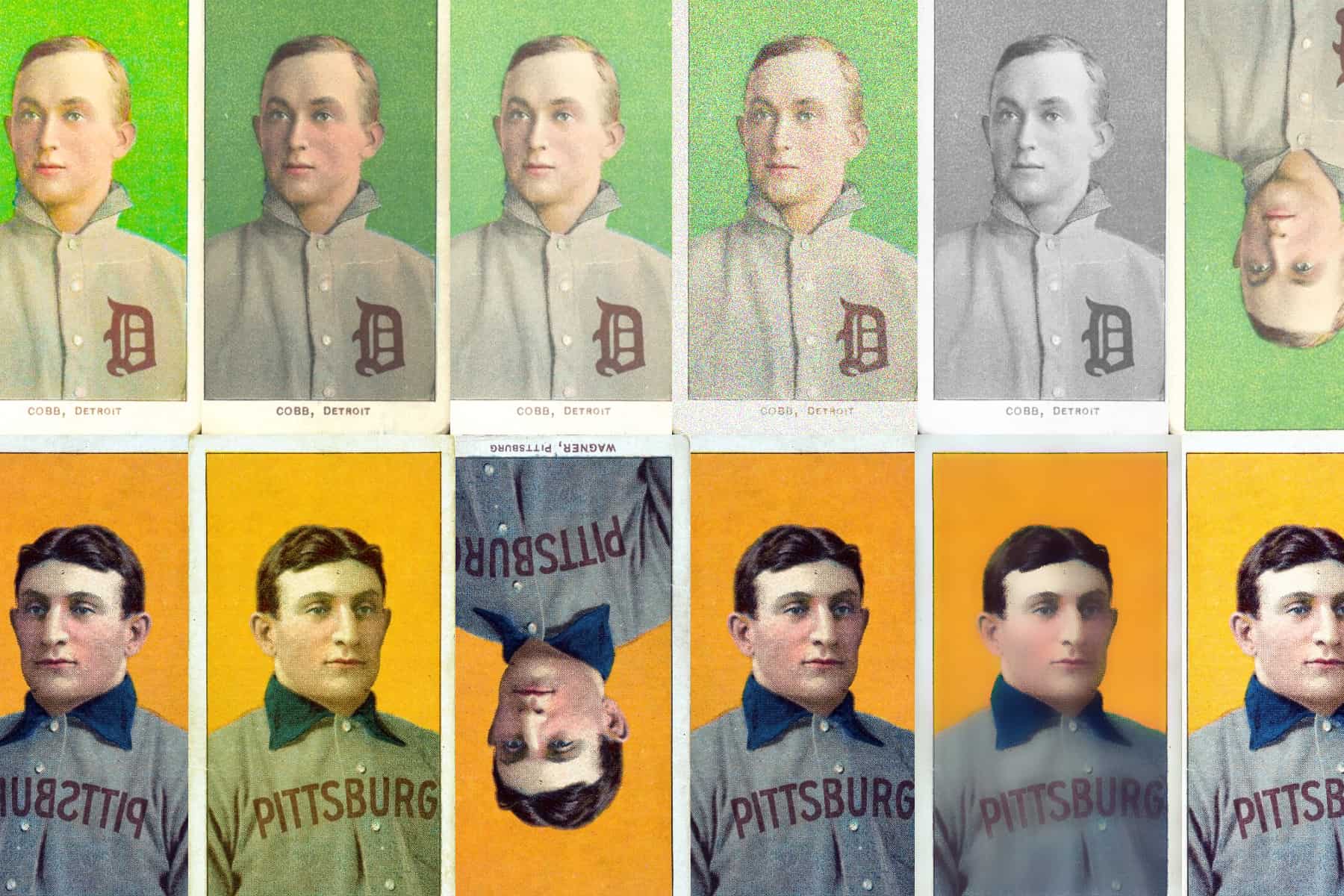
In the world of collecting baseball cards, authenticity is paramount. Card companies go to great lengths to make sure that the autographs, relics and the cards themselves are difficult to fake. Unfortunately, as with most counterfeiting, the process to spot fake baseball cards can often feel like a chase, without an end, as techniques and technologies change.
While the best fakes can fool even the experts, it’s crucial for collectors to understand the basics of distinguishing between genuine cards and fakes.
What is a Fake Baseball Card?
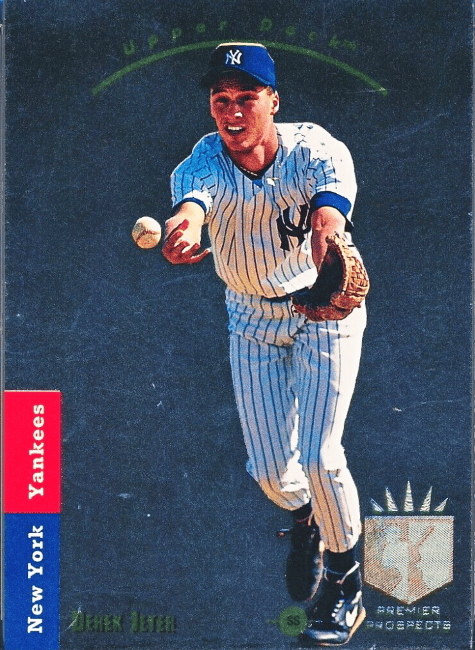
Counterfeit baseball cards are copies of cards that are not authentic. They may include fake elements, like autographs or relics, or be entirely fabricated. Card companies today incorporate a lot of modern features, like holograms, serial numbers and MLB authentication of autographs. Older cards, which are simple lithography or printing on cardboard, are simpler. However, it’s worth noting that any card could be faked, so it’s important to remain vigilant.
Altered cards are also sometimes included in the discussion how to spot fake baseball cards. Altered cards are authentic, but have been changed to improve their condition. Common examples of alterations are:
- Trimming: Cards are trimmed to improve the condition of the corners and edges of a card by cutting away microscopic pieces off the sides. It can also be done to improve centering.
- Coloring: Cards fade, either through age or misuse. Recolored cards have been retouched to look more vibrant than they were originally.
- Fixing imperfections: There are myriad ways that fraudsters “fix” imperfections like writing, scuffs, scratches and print quality.
How to Spot Fake Baseball Cards
Here are five top tips for how to spot fake baseball cards:
1. Familiarize Yourself with Authentic Examples
Before diving into the market, take the time to thoroughly examine authentic baseball cards. Familiarize yourself with the quality of the paper, printing techniques, and any unique features specific to certain cards or sets. Whenever possible, acquire authentic examples from the same set, so you can feel the paper, the ink and the weight of the card. By becoming familiar with genuine cards, you’ll develop an eye for spotting discrepancies in counterfeit ones.
Many modern baseball cards come with authentication markings, such as holograms or serial numbers, to verify their authenticity. Check for these markings and ensure they match the information provided by the card manufacturer or a reputable authentication service.
2. Examine the Paper & Print Quality
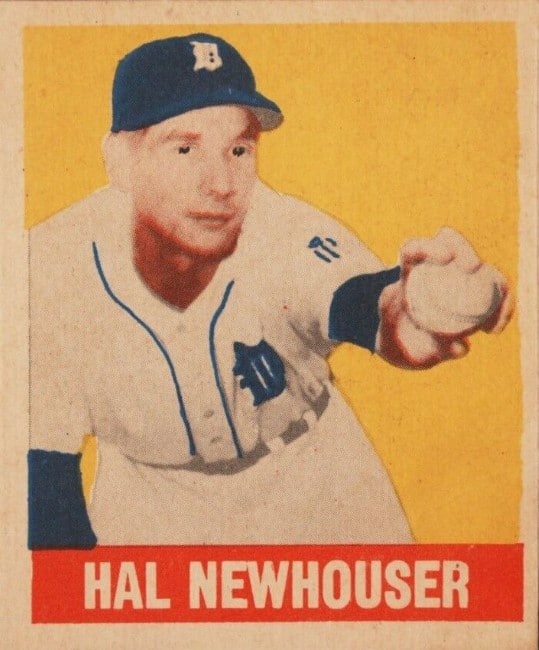
Authentic baseball cards are typically printed on high-quality cardstock or paper. Hold the card up to the light and examine the thickness and texture of the paper. Counterfeit cards may use lower quality paper that feels flimsy or lacks the characteristic texture of genuine cards.
Some modern baseball cards feature watermarks or security features that are visible under certain lighting conditions. Hold the card up to a bright light source and look for any hidden watermarks or security features embedded in the paper. These markings are difficult for counterfeiters to replicate and can help verify the authenticity of the card.
One of the other telltale ways of how to spot fake baseball cards is poor printing quality. Genuine cards are typically printed with high-resolution images and sharp details. Inspect the colors, text, and images on the card for any signs of blurriness, pixelation, or inconsistencies. Pay close attention to the borders and edges, as counterfeit cards may have uneven cuts or fuzzy lines.
Even older cards with low printing quality typically have certain telltale signs, like a certain color or a misalignment. In other words, as with Step 1, you’re looking for consistency in genuine examples to travel through to the card you’re considering.
3. Inspect the Surface Texture & Finish
Authentic baseball cards often have a distinct surface texture and finish that counterfeiters struggle to replicate. Run your fingers across the card to feel for any irregularities or inconsistencies in texture. Genuine cards may have a slightly glossy or matte finish, depending on the era and manufacturer. Be wary of cards that feel unusually smooth or have a cheap, plastic-like texture.
Authentic cards may have a slight gloss or matte finish, depending on the manufacturer and era. Fake cards may feel unnaturally smooth or have a cheap, plastic-like texture that differs from genuine cards.
4. Look for Signs of Alteration or Tampering
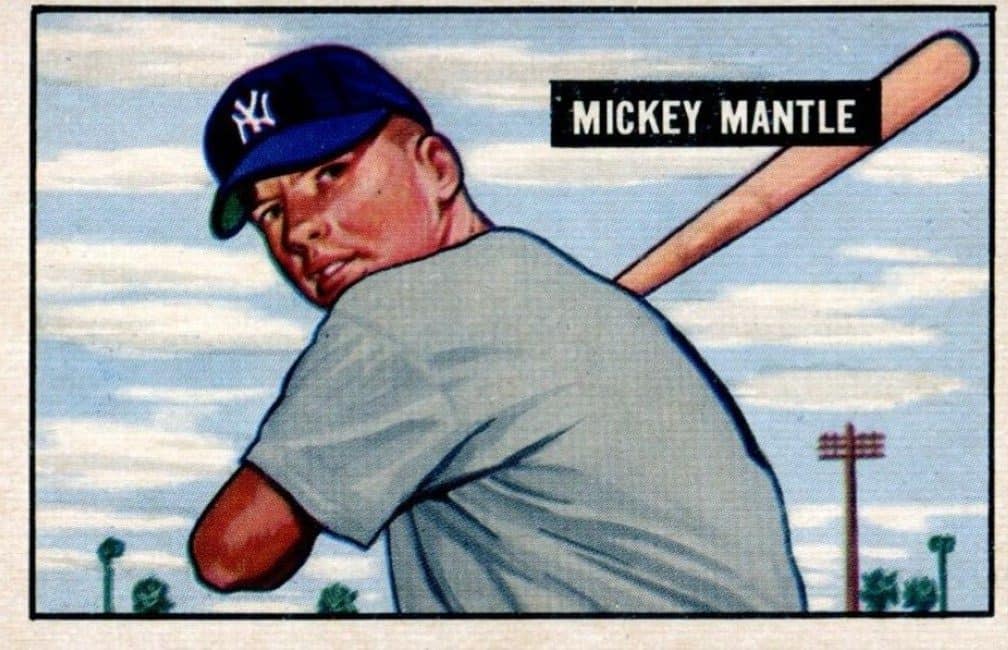
As we established earlier, altering is a form of tampering, and counterfeiters may attempt to alter or tamper with genuine cards in order to deceive buyers. Inspect the card closely for any signs of alteration, such as reprints, resealing, or added markings. Pay attention to the corners and edges of the card, as these are common areas where alterations may be noticeable.
Additionally, use a magnifying glass to examine fine details, such as text or player signatures, for any signs of tampering. Examples include filling in missing print with a pen, touching up a skipped signature or creating the illusion of an error card.
See our full-length guide to baseball card condition and grading
5. Check for Authentic Branding and Logos
Authentic baseball cards often feature recognizable branding and logos from the card manufacturer, league and teams. Counterfeiters may attempt to replicate these logos, but they often fall short in terms of quality and accuracy. Look for any discrepancies in the size, placement, or design of the logos compared to genuine cards.
Make sure that logos on the card are contemporaneous. Use sites like Chris Creamer’s Sports Logo Page to check what team and league logos looked like for the year of the card you’re checking. Just like Back to the Future, is this card showing a logo that didn’t exist when the card was printed?
Consider Professional Grading
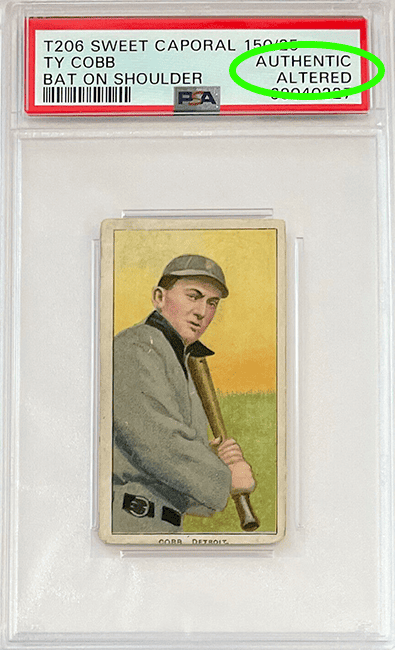
Professional grading companies like PSA and BCG are considered by most collectors to be the authority on authentication of baseball cards. They will issue a grade for any card or, for a smaller fee, label it only as “Authentic” or not. They’ll identify alterations, miscuts and other things an average collector might miss. It’s worth considering investing in grading for valuable cards. If you’re buying a graded card, check with the grading company to make sure what you’re buying matches their records.
What About Autographs?
Authenticating autographs is its own subject; however, if you’re looking at a certified autograph, the key is to examine known-authentic examples. Ink types and colors, positioning, serial numbers, and holograms should make sense when compared to real examples.
How can you tell between a certified autograph and one that was signed in-person? Certified autographs will have a certification on the back of the card. Cards lacking any markings showing that this is a certified autograph (including buybacks).
Trust Your Instincts
Common sense rules in an industry like baseball cards, where million dollar sales are so exciting and thousands of smaller sales are made every day. Here are two pieces of commonsense advice:
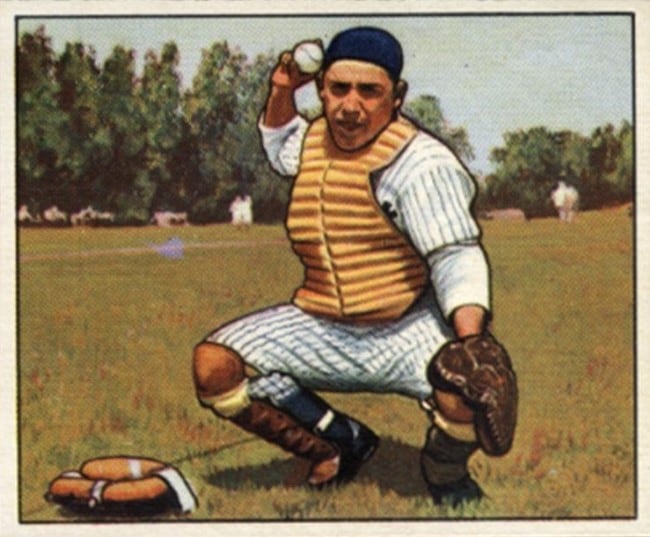
- The most commonly counterfeited cards are fairly obvious – those that have the most value. In other words, it’s more likely that a counterfeiter will fake a card worth thousands, as compared to a common wax card from the 90s. When you’re looking to drop big money, that’s when it’s most important to authenticate a card.
- “If it’s too good to be true, it probably is.” This isn’t just good life advice. Any time someone offers something that doesn’t make sense – whether it’s priced extremely low, the provenance is suspicious, or the person is behaving oddly – hold back your excitement and consider whether the offer is too good to be true. Ask questions and do your due diligence; the right seller is willing to let their buyer go through these steps.
Conclusion
While this can’t be a perfect or exhaustive guide, because counterfeiting techniques and trends are always evolving, knowing even a little bit about this type of fraud can help collectors understand the hobby in more detail.
In conclusion, to spot fake baseball cards requires a keen eye for detail and a cautious approach to purchasing. By familiarizing yourself with authentic examples, examining printing quality and branding, utilizing online resources, inspecting surface texture and finish, checking for signs of alteration, and trusting your instincts, you can reduce the risk of falling victim to counterfeit scams. Stay vigilant and informed to ensure that your baseball card collection remains authentic and valuable.
Tags:
Share:
